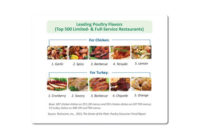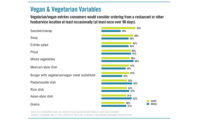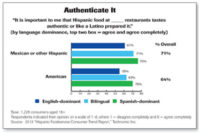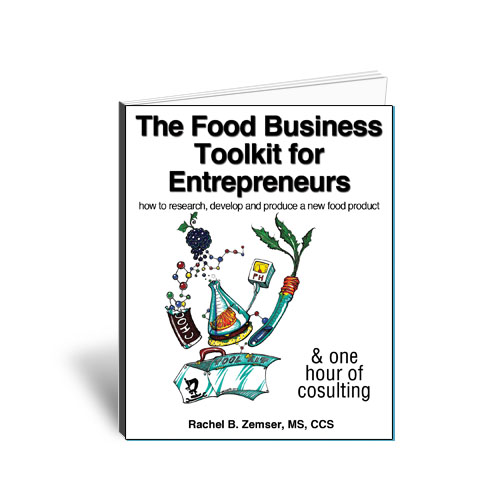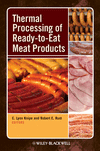Consumers Pay for Natural Poultry
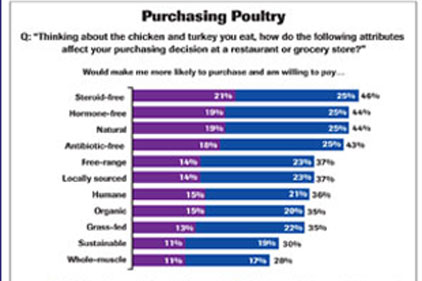

|
|
Beyond descriptors related to a natural food positioning, consumers are most open to |
Restaurant and grocery-store operators alike are responding to increasing consumer demand for poultry with a better-for-you or better-for-the-Earth positioning. On the foodservice side, 13-unit Agoura Hills, Calif.-based barbecue chain Wood Ranch BBQ & Grill, for instance, proudly states on its menu that all of the chicken it serves is “natural and hormone-free.” Nobu, a 12-unit, polished-casual concept based in New York City, offers an entrée featuring organic chicken with a choice of teriyaki, balsamic teriyaki, wasabi pepper or Peruvian anticucho sauce. On the retail side, Perdue’s grocery-store line of turkey features labels with a similar message. The company’s label for its turkey thighs, for example, states that the thighs are “all natural” and have “no hormones or steroids added.”
The data also shows the percentage of consumers who said they would be willing to pay slightly more (up to 5% more) for poultry products with each attribute was higher than the percentage of consumers who said they would be willing to pay significantly more (5% or more). This indicates there is still some degree of price sensitivity, when it comes to poultry prices, meaning prices can be raised for these products, as long as the increases are within reason.
Looking for a reprint of this article?
From high-res PDFs to custom plaques, order your copy today!



